APIs are an important aspect of modern software design because they allow different software systems to interface and communicate with one another. Despite their extensive use, APIs still attract attention from persons with malevolent intent. To minimize these attacks, organizations ensure security with API penetration testing.
Here are some stats you should know:
- 74% report at least three API-related data breaches in the last two years.
- In the last two years, 60% of respondents reported a data breach. 74% of them experienced at least three API-related breaches.
- Alarmingly, 40% had five or more, and 11% had more than seven, emphasizing the critical need for improved API security.
- API Sprawl is the top challenge for 48% of organizations.
- APIs, according to 58% of respondents, increase the attack surface.
In this post, we will go over API penetration testing in depth. This will include why you should perform an API pen test, the most frequent API vulnerabilities, and what goes into the API pen-testing process. Continue reading to learn more!
Understanding API Penetration Testing
API Penetration Testing is a sort of security testing that is done on APIs in order to evaluate the robustness of their security protections. It seeks to detect security flaws that attackers may use to gain access to sensitive data or carry out other destructive acts.
This entails attempting to attack the API in the same way that an attacker would discover any vulnerabilities to exploit. This covers testing for SQL injection, cross-site scripting (XSS), and other API-level flaws.
Types of API Penetration Testing Services
There are mainly 3 types of API available, which are:
- REST API: A REST API is a type of application programming interface (web API penetration testing). This adheres to the REST architectural style and allows interaction with RESTful web services.
- SOAP API: SOAP is a secure API development protocol that operates by encoding data in the XML format.
- GraphQL API: GraphQL is a query language for API and server-side runtime for query execution utilizing a type system you specify for your data. GraphQL is not dependent on any single database or storage engine, but rather on your current code and data.
Why is API Penetration Testing Important?
APIs have allowed organizations to increase productivity by linking different programs and creating unique workflows. However, growing usage suggests that hackers have more options for attack. To avoid undesired data breaches and monetary loss, organizations must ensure the security of the APIs they use.
Companies must integrate security at the outset of the API development process. They accomplish this by incorporating security testing into their CI/CD pipelines. Static Analysis Security Testing is required to detect and correct design flaws in APIs.
While informative, such an examination restricts and incapable of finding deep-rooted problems in business logic. To address these concerns and effectively secure your APIs and organization against all conceivable attack scenarios, you require a complete API penetration test.
What are the Risks to API Security?
API security is becoming a major problem as a result of the numerous attacks that have targeted API flaws to obtain access to sensitive data. The following are the most prevalent API vulnerabilities:
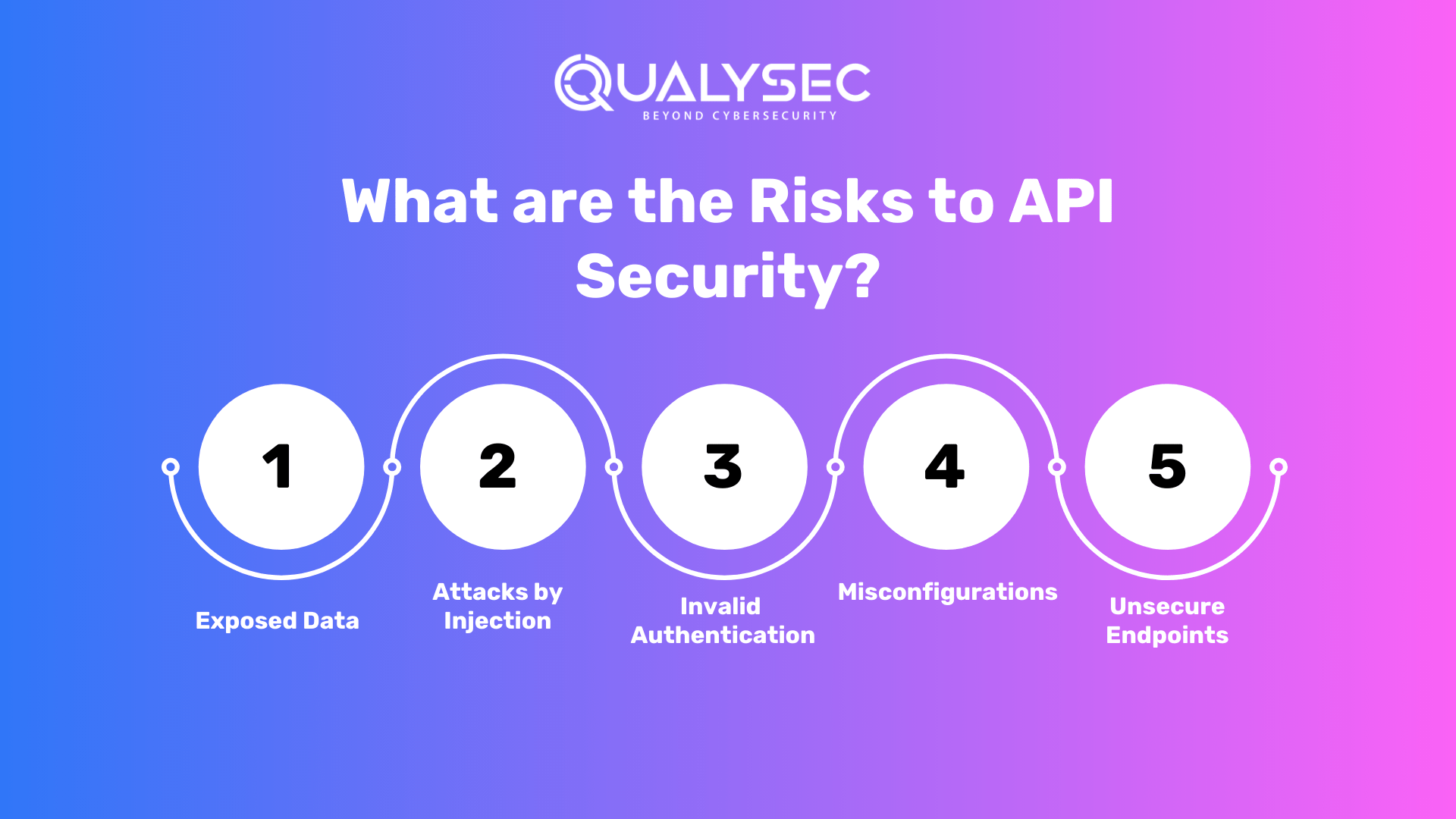
- Exposed Data
Inadequate end-to-end data encryption can disclose sensitive information to the public. It can also happen when developers merely provide generic security and leave data filtering to the client.
- Attacks by Injection
This is produced by injecting malicious code into the API, which is usually in the form of SQL or XSS. XSS injections send users to vulnerable websites where they take user data, whereas SQL injections allow hackers to directly steal data from clients.
- Invalid Authentication
Individuals who should not have access to particular things are able to access them due to broken or weak authentication. In order to get unauthorize access, weak passwords, API keys, and other ways gets exploit.
- Misconfigurations
When security setups are left to default or are left incomplete, they create points of failure. Such setup errors can allow attackers to obtain access to sensitive data.
- Unsecure Endpoints
API endpoint documentation for penetration testing faces a huge danger from unsecure endpoints, which leave them open to faulty authorization. This implies that even those who should only have limited access can access other confidential things.
What are the Common Vulnerabilities in API?
Here are some of the common yet major vulnerabilities in API penetration testing:
- Broken authentication and authorization: Weak authentication and authorization procedures allow unauthorized users to access sensitive data. This can even extend to conducting activities on the user’s behalf.
- Injection attacks: This occurs when an attacker injects malicious material into an API request. This allows the attacker to alter or extract sensitive data from the system. SQL injection and script injection are two common forms of injection attacks.
- Broken object-level permission: This happens when the API does not check the user’s access privileges for individual objects. An attacker can use this vulnerability to gain access to or alter data that they should not have access to.
- Inadequate logging and monitoring: APIs that do not log and monitor access and activity can make detecting and responding to security events difficult.
- Cross-site scripting (XSS): This is a sort of injection attack in which the attacker inserts malicious content into the API response, which is subsequently run in the client’s browser.
- Broken function level authorization: This occurs when the API fails to check the user’s access privileges for specified functions. An attacker can take advantage of this flaw to do actions that they should not be able to accomplish.
- Cross-Site Request Forgery (CSRF): This is an attack in which the attacker convinces the user’s browser to submit a fraudulent request to the API, allowing the attacker to take action on the user’s behalf.
- Lack of encryption for sensitive data: When sensitive data is transferred across a network without sufficient encryption, it becomes exposed to eavesdropping and alteration.
How Does API Penetration Test Workflow Happen?
Here are the steps that the API penetration test workflow containing all the phases of how the testing is done:
Gathering Information
The fundamental goal of penetration testing is to obtain as much information as can. This includes a two-pronged approach: utilizing readily available information from your end, and utilizing numerous ways and tools to get technical and functional insights.
The testing company collaborates with your team to gather critical application information. Schematics for architecture, network topologies, and any existing security measures may be provided. Understanding user roles, permissions, and data flows is critical for building an effective testing strategy.
Planning
The testing company begins the penetration testing process by meticulously defining the objectives and goals. They delve extensively into the technical and functional complexity of your application. This comprehensive investigation allows the testers to alter the testing strategy to address specific vulnerabilities and threats specific to your environment.
A comprehensive API penetration testing methodology is created, outlining the scope, methodology, and testing criteria. To lead the testing process, the business will give a high-level checklist. This checklist provides a solid foundation by addressing crucial subjects such as authentication mechanisms, data processing, and input validation.
They acquire and prepare the essential files and testing instruments. Configuring testing settings, verifying script availability, and developing any bespoke tools required for a smooth and successful evaluation are all part of this process.
Auto Tool Scan
During the penetration testing process, especially in a staging environment, an automated and intrusive scan is necessary. This scan comprises utilizing specialized tools to seek vulnerabilities on the application’s surface level carefully. The automated tools mimic prospective attackers by crawling through every request in the application, uncovering potential weaknesses and security gaps.
By running this intrusive scan, the testing company proactively finds and patches surface-level vulnerabilities in the staging environment, acting as a protective measure against potential assaults. This strategy provides not only a thorough review but also quick rectification, boosting the application’s security posture before it is deployed in a production environment.
Manual Penetration Testing
The testing company will conduct a thorough analysis of your APIs throughout the manual penetration testing procedure in two separate phases: pre-authentication and post-authentication. The objective is to find vulnerabilities both inside and outside of the APIs.
- Broken Object Level Authorization: We will examine the system for faulty authorization, possible privilege escalation, and Insecure Direct Object References (IDOR).
- Broken User Authentication: We will conduct testing to identify vulnerabilities such as Account Takeover, Login Bypass, and other authentication-related flaws that potentially compromise user accounts.
- Excessive Data Exposure: We will examine the APIs for any unintended disclosure of Personally Identifiable Information (PPI) as well as purposeful information exposure that may pose a security concern.
- Inadequate Resources and Rate Limiting: As part of our examination, we will look for vulnerabilities linked to brute force attacks and insufficient protection against automation, as well as make sure that strong resource and rate limiting mechanisms are in place.
- Broken Function Level Authorization: To detect and address any authorization issues, we will examine the APIs for Force Browsing vulnerabilities and undertake User Role Control testing.
- Mass Assignment: We will do extensive object attribute testing and identify any sensitive characteristics that may be vulnerable to Mass Assignment vulnerabilities.
- Security Misconfiguration: To discover and correct any security misconfigurations, a thorough analysis of server configurations, header testing, and an assessment of obsolete software will be performed.
- Injection: To prevent unauthorized data access and modification, we will primarily focus on finding and mitigating SQL injection and Command Injection vulnerabilities inside the API.
- Improper Asset Management: Our testing will include Open API evaluation and API version testing, guaranteeing correct asset management and security across the API ecosystem.
Reporting
The testing team systematically identifies and categorizes vulnerabilities discovered throughout the evaluation, ensuring that potential risks are recognized. A senior consultant does a high-level penetration test and reviews the entire API penetration testing report.
This ensures the highest level of quality in testing methods as well as the accuracy of reporting. This thorough documentation is a valuable resource for understanding the security state of the application.
Key Report Components:
- Vulnerability Name: Specifies each vulnerability, such as SQL Injection, providing a precise identification.
- Likelihood, Impact, Severity: Quantifies the potential risk by assessing the likelihood, impact, and severity of each vulnerability.
- Description: Offers an overview of the vulnerability, enhancing comprehension for stakeholders.
- Consequence: Describes how each vulnerability could impact the application, emphasizing the importance of mitigation.
- Instances (URL/Place): Pinpoints the location of vulnerabilities, facilitating targeted remediation efforts.
- Step to Reproduce and POC: Provides a step-by-step guide and a Proof of Concept (POC) to validate and reproduce each vulnerability.
- Remediation: Offers actionable recommendations to effectively eliminate detected breaches, promoting a secure environment.
- CWE No.: Assigns Common Weakness Enumeration identifiers for precise classification and reference.
- OWASP TOP 10 Rank: Indicates the vulnerability’s ranking in the OWASP TOP 10, highlighting its significance in the current threat landscape.
- SANS Top 25 Rank: Indicates the vulnerability’s ranking in the SANS Top 25, further contextualizing its importance.
- Reference: Provides additional resources and references for a deeper understanding of vulnerabilities and potential remediation processes.
This comprehensive API penetration testing report method ensures that stakeholders receive relevant insights into the application’s security condition as well as practical recommendations for a solid security posture.
Remediation Support
If the development team requires support in reproducing or reducing reported vulnerabilities, the service provider delivers a critical service through consultation calls. Penetration testers with in-depth knowledge of the discovered issues promote direct engagement to aid the development team in effectively analyzing and addressing security threats. This collaborative approach ensures that the development team receives competent advice, allowing for the seamless and speedy resolution of vulnerabilities to enhance the overall security posture of the application.
Retesting
Following the completion of vulnerability mitigation by the development team, a vital stage of retesting happens. To check the efficacy of the treatments administered, our staff undertakes a detailed examination. The final report is lengthy and includes:
- History of Findings: This section provides a full record of vulnerabilities discovered in past assessments, providing a clear reference point for following the progress of security solutions.
- State Assessment: Clearly defines the state of each vulnerability, whether it is a fix, not an address, or rule out of scope, providing a comprehensive summary of the remediation outcomes.
- Proof and Screenshots: Adds physical proof and screenshots to the retest report, providing visual validation of the corrected vulnerabilities. This validates the procedure and assures a thorough and accurate assessment of the application’s security state following repair.
LOA and Certificate
The testing company goes above and above by providing a Letter of Attestation, which is an important document. Furthermore, this letter supports facts from penetration testing and security assessments, and serves multiple purposes:
- Level of Security Confirmation: Use the letter to obtain physical certification of your organization’s security level, ensuring stakeholders of your security measures’ strength.
- Showing Stakeholders Security: Show clients and partners your dedication to security by using the letter as a visible witness to the thoroughness of your security processes.
- Fulfillment of Compliance: Address compliance needs quickly, as the Letter of Attestation is a helpful resource for satisfying regulatory criteria and establishing compliance with industry-specific security practices.
Furthermore, the testing company will provide a Security Certificate, which will enhance your ability to represent a secure environment, reinforce confidence, and meet the expectations of various stakeholders in today’s dynamic cybersecurity landscape.
The Perks of Performing API Penetration Testing
API pen testing is beneficial to businesses in many ways. Here are some of the major advantages:
Maintaining Compliance
APIs, if misused, can disclose critical information about individuals and enterprises. Companies must adhere to norms and standards such as:
- HIPAA for medical information
- GDPR in the European Union PCI-DSS for payment card firms
- The regulatory authorities may take civil or criminal action if the restrictions violates.
Defending Against Cyberattack
Penetration testing can detect vulnerabilities that, if exploited by hackers and malevolent third parties, can result in cyberattacks. Correct the vulnerabilities to prevent cyberattacks, hence avoiding financial and reputational consequences.
Cost-Effective
API pentesting for bugs assists in the quick remediation of vulnerabilities discovered. This is more cost-effective and preventative than investing large sums of money to repair the damaging effects of a data breach or theft.
Increases Trust and Dependability
Another advantage of API pen testing is that it increases client trust and dependability on your organization’s services and security procedures. API pen testing protects both enterprises and their consumers from security incidents and their financial consequences.
Best Practices for Conducting API Pen Testing
To establish strong security, it is critical to adhere to best practices that comply with industry standards, keep current on changing threats, and implement continuous monitoring and testing:
- Industry Standards and Guidelines to Follow
It is critical to follow industry standards and recommendations to maintain strong API security. These standards establish a foundation for implementing effective security measures and minimizing common risks. Organizations may align their security policies with industry best practices and lower the risk of possible breaches by adhering to these standards.
- Keeping Ahead of Emerging Threats and Security Practices
The threat environment is continually changing, with new attack routes and methodologies appearing on a regular basis. Keeping up to date on the newest threats enables firms to discover and repair vulnerabilities before the exploitation. Organizations may keep one step ahead of attackers and deploy timely security solutions by actively participating in security groups, attending conferences, and using threat information sources.
- Continuous Security Monitoring and Retesting
It is insufficient to execute security testing once and consider the task completed. APIs and the hazards connected with them develop. Continuous monitoring allows organizations to notice and respond to possible security problems in real-time. Furthermore, regular retesting aids in the identification of new vulnerabilities that develops as a result of system upgrades or changes in the threat landscape.
Which are the Top API Penetration Testing Tools?
The API penetration testing tools serve distinct objectives and each has its own set of advantages and disadvantages. The tool determines the API penetration testing project’s unique needs, the type of APIs test (SOAP, REST, etc.), and the tester’s experience with the tool. Here are some of the top tools testers use:
- Burp Suite
Burp Suite is a complete web application security testing tool that incorporates API testing tools. Burp Suite includes a number of tools, including a proxy, scanner, intruder, and repeater. These customizations for API testing in order to record and alter API traffic, find vulnerabilities, and run automated scans.
Burp Suite frequently use to intercept and analyze API calls and answers, conduct security assessments, and detect vulnerabilities such as authentication flaws, permission difficulties, and input validation errors.
- OWASP ZAP
An overview of the open-source web application security testing tool OWASP ZAP, which also enables API testing. ZAP has features for automatic scanning, manual testing, and fuzzing.
It enables users to intercept API communication, change requests, and answers, and detect security flaws. ZAP uses to actively scan APIs for known vulnerabilities, run brute-force attacks, and study API behaviors for security flaws.
- Nessus
Nessus is a vulnerability assessment tool for API penetration testing by scanning APIs and their underlying infrastructure for known flaws. Furthermore, Nessus has a large database of known vulnerabilities and can execute network-based scans to detect flaws in APIs and associated services.
Penetration testers can use Nessus to indirectly analyze the security of APIs by scanning the network for vulnerabilities that may affect API endpoints or the infrastructure that supports them.
- SoapUI
SoapUI is an API testing tool that is especially useful for testing SOAP and REST APIs. SoapUI provides testers with the ability to build and run API test cases, automate API tests, and produce complete test results.
It allows for both functional and load testing. SoapUI may be used by penetration testers to mimic different API attacks, test for input validation issues, and assess API answers for security flaws.
Who is the Best in providing API Pen Testing Services?
QualySec is a cybersecurity firm established in 2020 that has swiftly become one of the industry’s most trusted names. In addition, VAPT, security consultation, and incident response are among the services offered by us.
Despite the fact that QualySec’s headquarters are in India, the company’s substantial knowledge and competence in cybersecurity testing services have earned it a place among the best API Penetration testing services providers. Our technicians can uncover weaknesses that fraudsters could exploit.
When these weaknesses are discovered, we work with the business to develop a strategy to remediate them and improve the company’s overall security posture. Our team is comprised of experienced offensive professionals and security researchers who work together to provide their clients with access to the most up-to-date security processes and tactics.
One of our primary capabilities is deep penetration testing, in which our specialists undertake extensive and sophisticated investigations to uncover flaws in a company’s mobile architecture. These tests seek for faults deep within the system rather than just on the surface.
- More than 3,000 tests are used to detect and eliminate all forms of vulnerabilities.
- Capable of detecting business logic and security flaws.
- Manual pen testing ensures that there are no false positives.
- SOC2, ISO 27001, and other related standards compliance audits.
- Security professionals give on-demand remedial help.
QualySec’s constant dedication to rigorous pen testing has resulted in an astounding zero-false positive report record. Following comprehensive testing, we present clients with a detailed and informative report that accurately detects flaws and possible threats.
We go above and beyond by working with developers to help them with bug fixes, ensuring that identified vulnerabilities are remedied as quickly as feasible. Furthermore, at the completion of a project, businesses obtain a security certificate as a final stamp of approval, creating trust in our cybersecurity procedures and increasing their defenses against possible attacks.
Conclusion
In light of today’s increasing threat landscape, it is critical to expose your APIs to thorough security testing in order to discover vulnerabilities that might compromise your digitally linked ecosystem, user base, and data integrity. QualySec provides API penetration testing methodology using both automated and manual pentesting techniques, resulting in improved API security.
Organizations can reach QualySec to start regular API penetration testing, obtain detailed findings, and immediately implement crucial risk mitigation actions. Furthermore, our trained professionals use cutting-edge techniques and processes to successfully detect and repair vulnerabilities, assuring your organization’s ongoing security and compliance.
Experience the benefits of cooperating with the best penetration testing service provider who prioritizes customer success. Contact QualySec today for a better workflow of API and secure it with professional pen testers.
FAQs
Q. How can organizations ensure compliance with industry standards during API penetration testing?
When your systems are pen-tested, security professionals create a Pentest report. This paper details the vulnerabilities as well as the measures to address them. After you repair the vulnerabilities, rescan it to ensure that all gaps closes and your system is secure.
Q. What tools and methodologies are used in API penetration testing?
The API scan is for typical vulnerabilities using automate tools such as OWASP ZAP, Burp Suite, and Nmap. Many concerns, such as injection holes, poor setup, and other security vulnerabilities, are detected by these tools in API endpoints. Pen-testers use black-box, white-box- box and gray-box testing to identify API penetration testing.
Q. Why API Security is critical?
API security is a concern with the protection of data via APIs, often between clients and servers link over public networks. APIs are susceptible to security flaws in backend systems. If an attacker compromises the API provider, they may have access to all API data and capabilities. APIs can potentially be abused through malicious requests if they are not properly written and secured.
Q. How frequently should API penetration tests be conducted?
Penetration testing should be performed on a regular basis, with organizations doing a test at least once a year. After any substantial modifications to your organization’s network, you should also plan a penetration test.












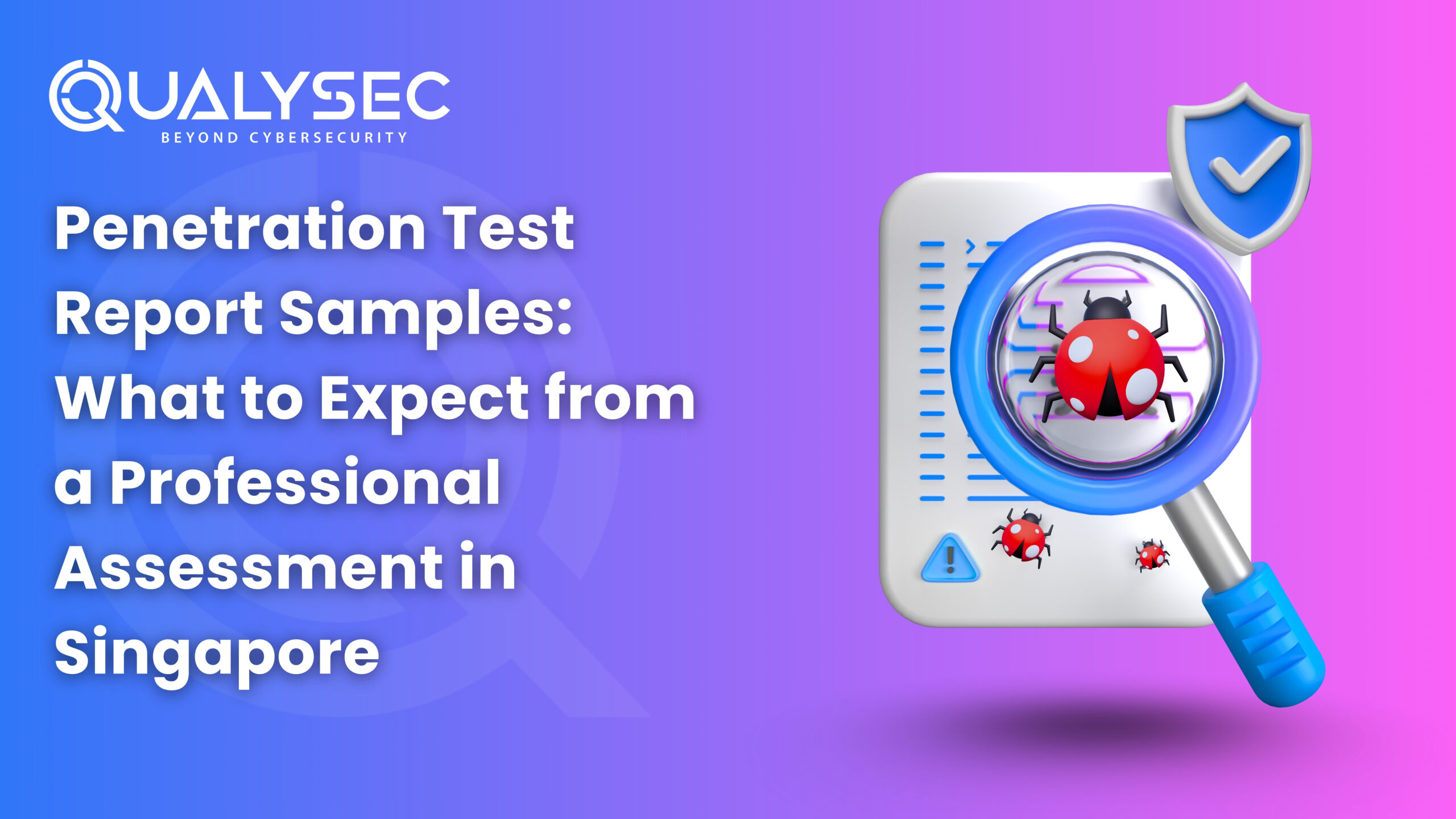
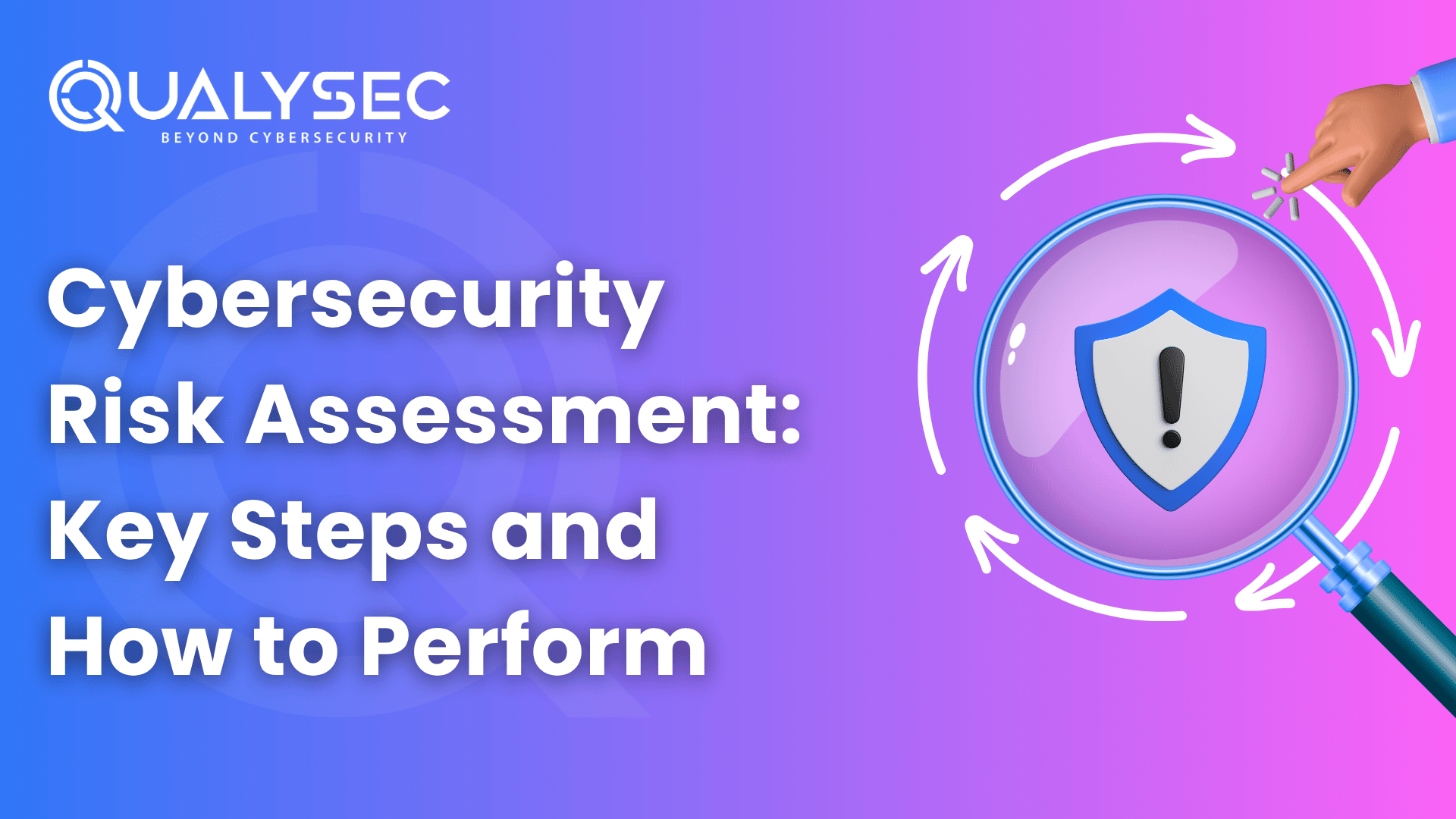
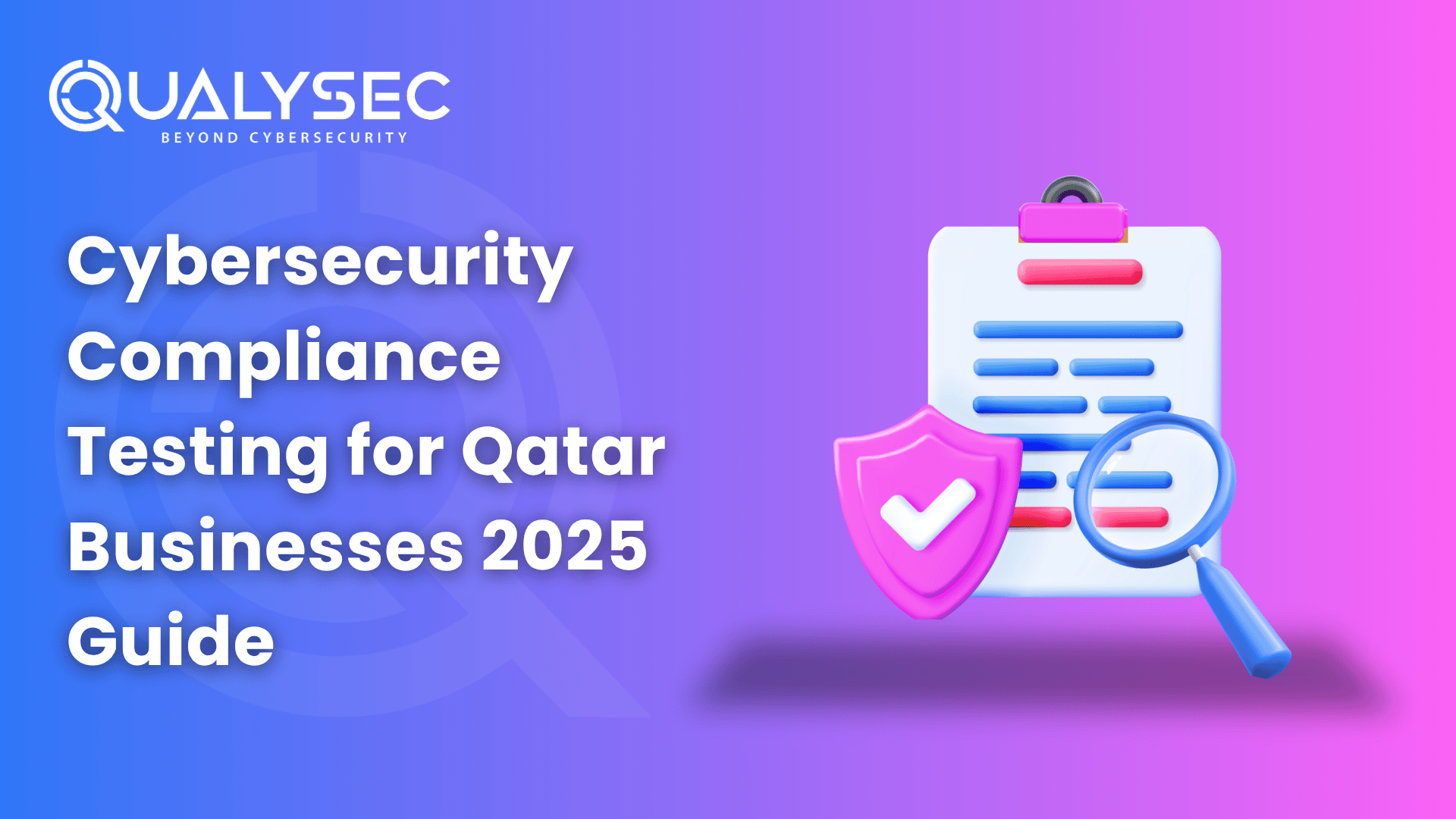
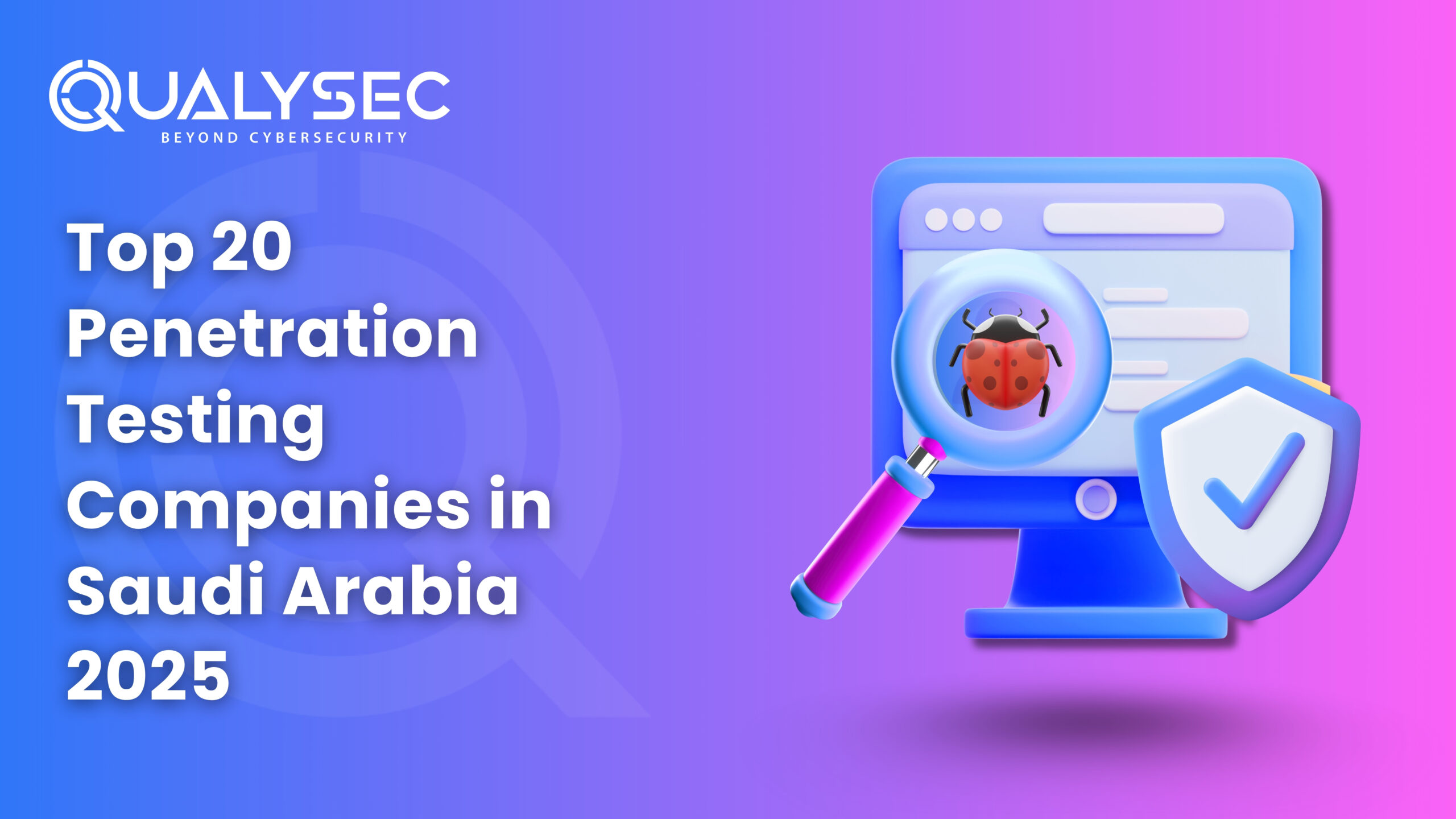

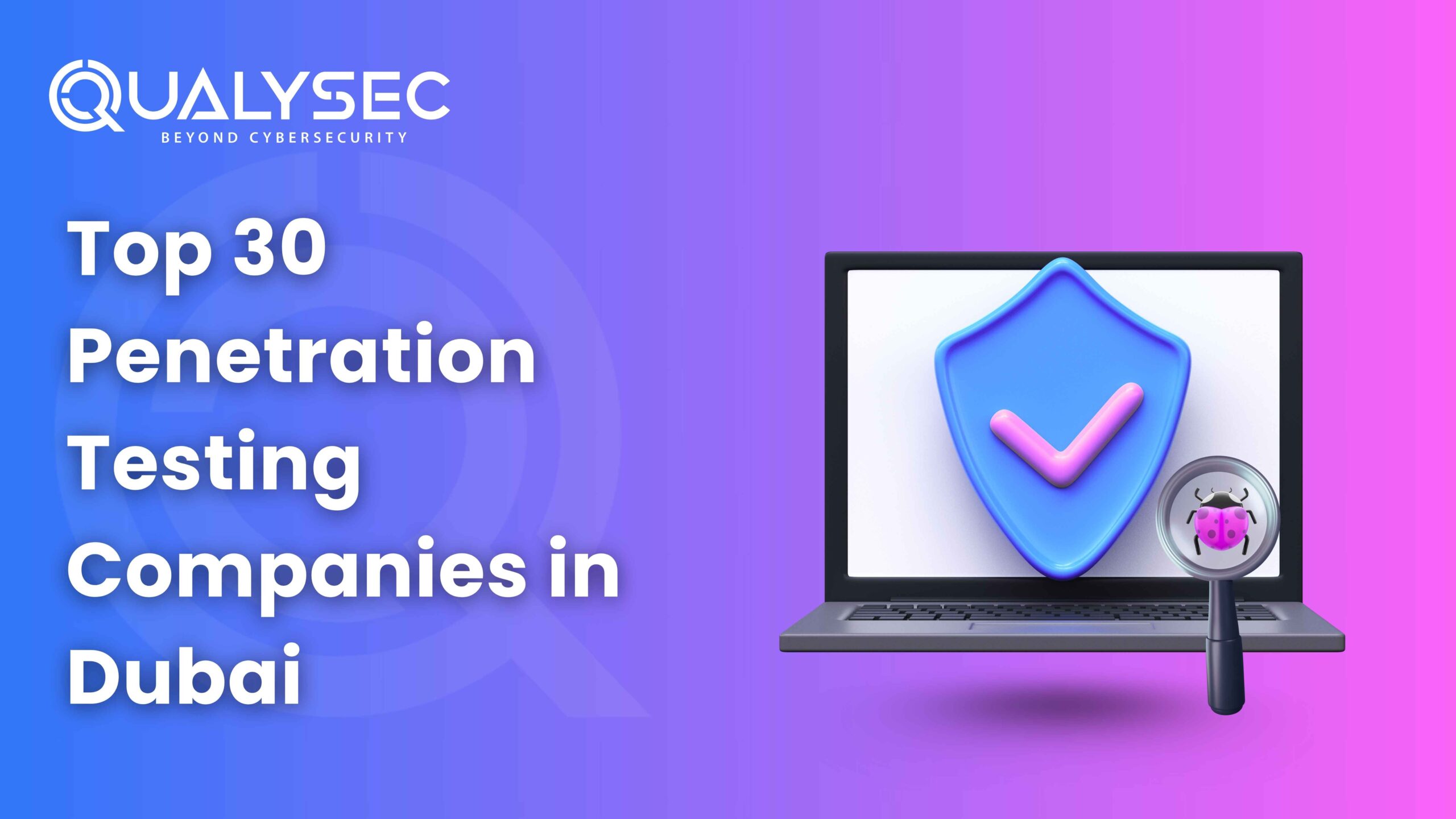

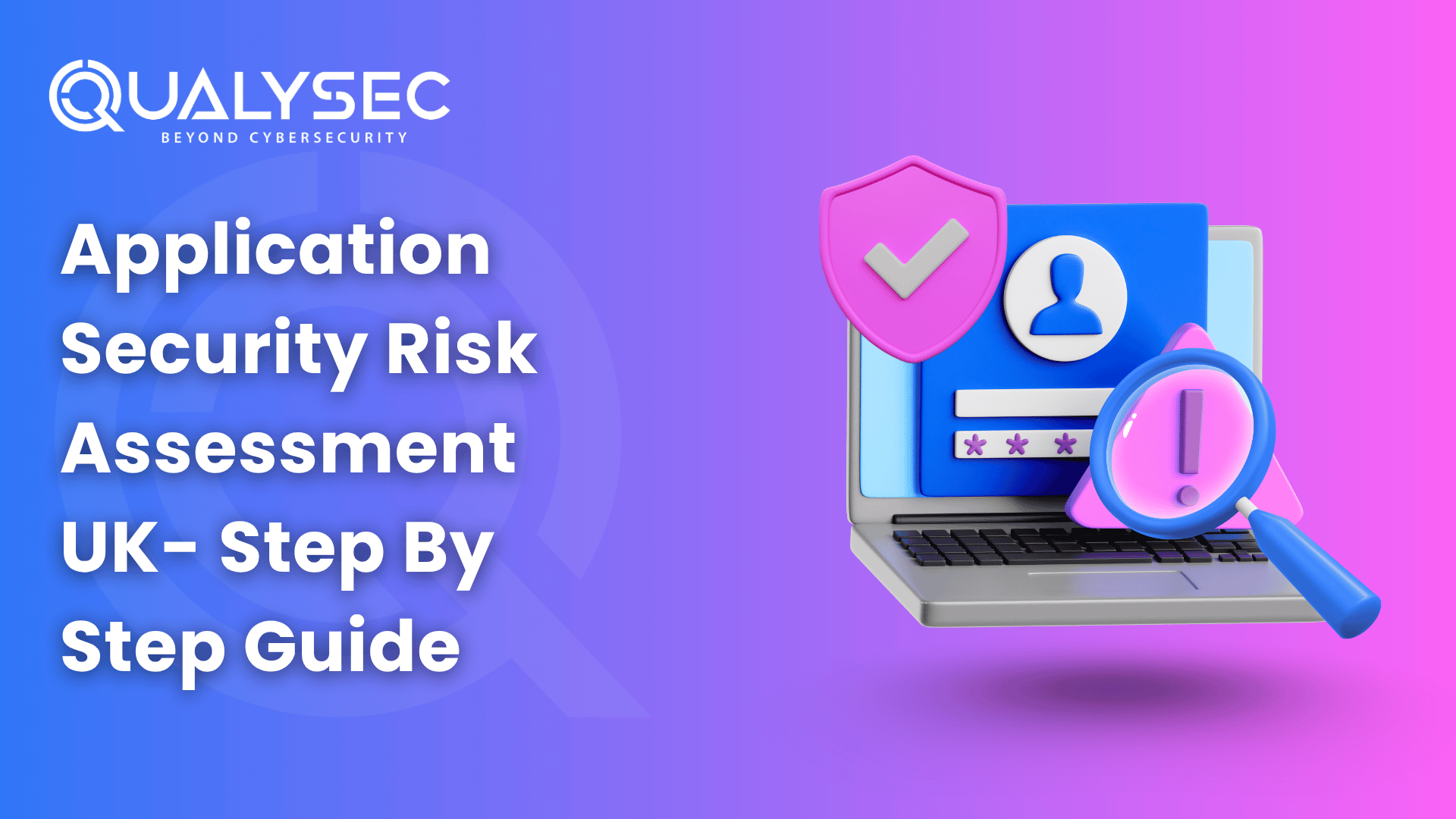
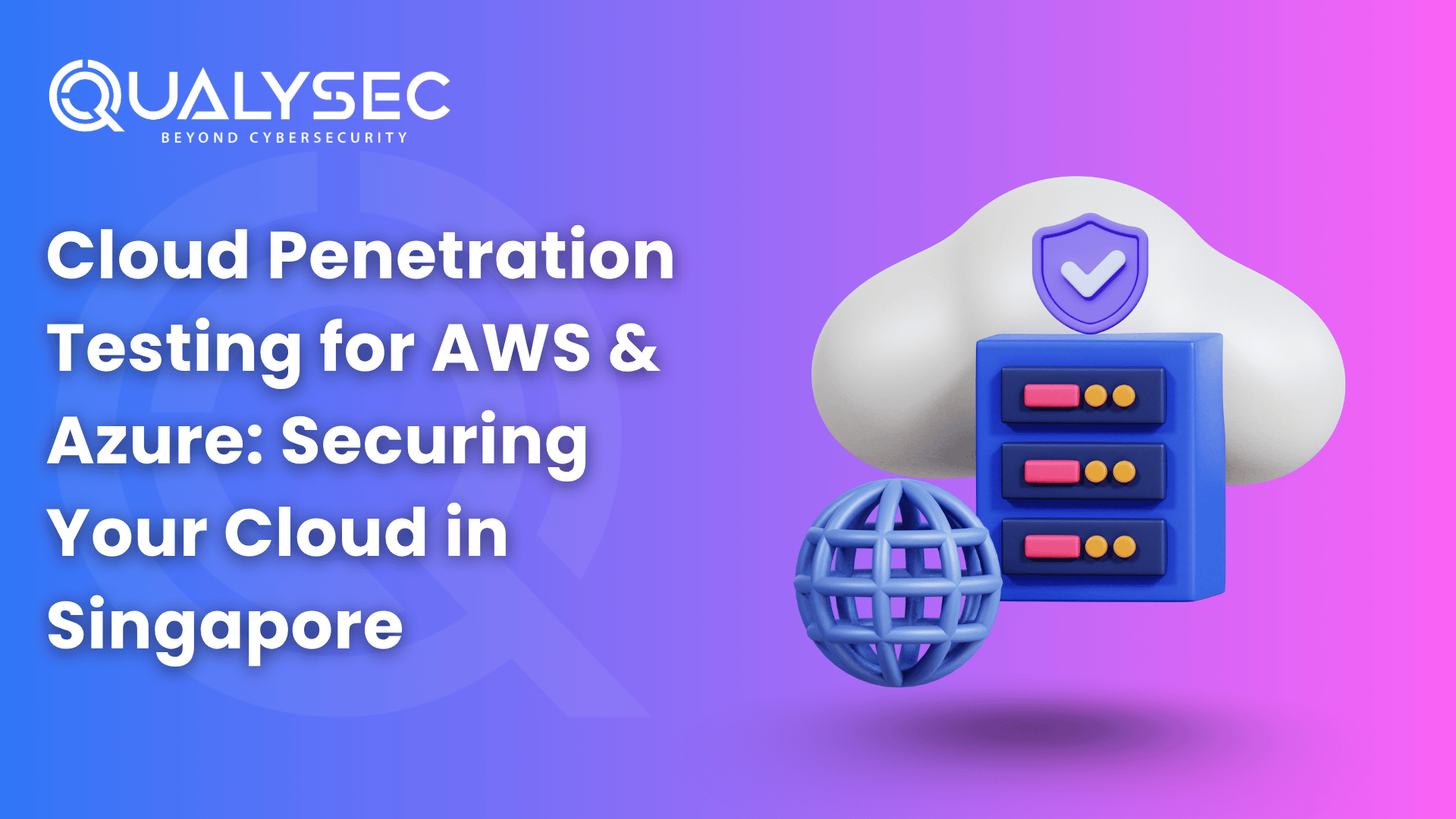
























































































































































































































































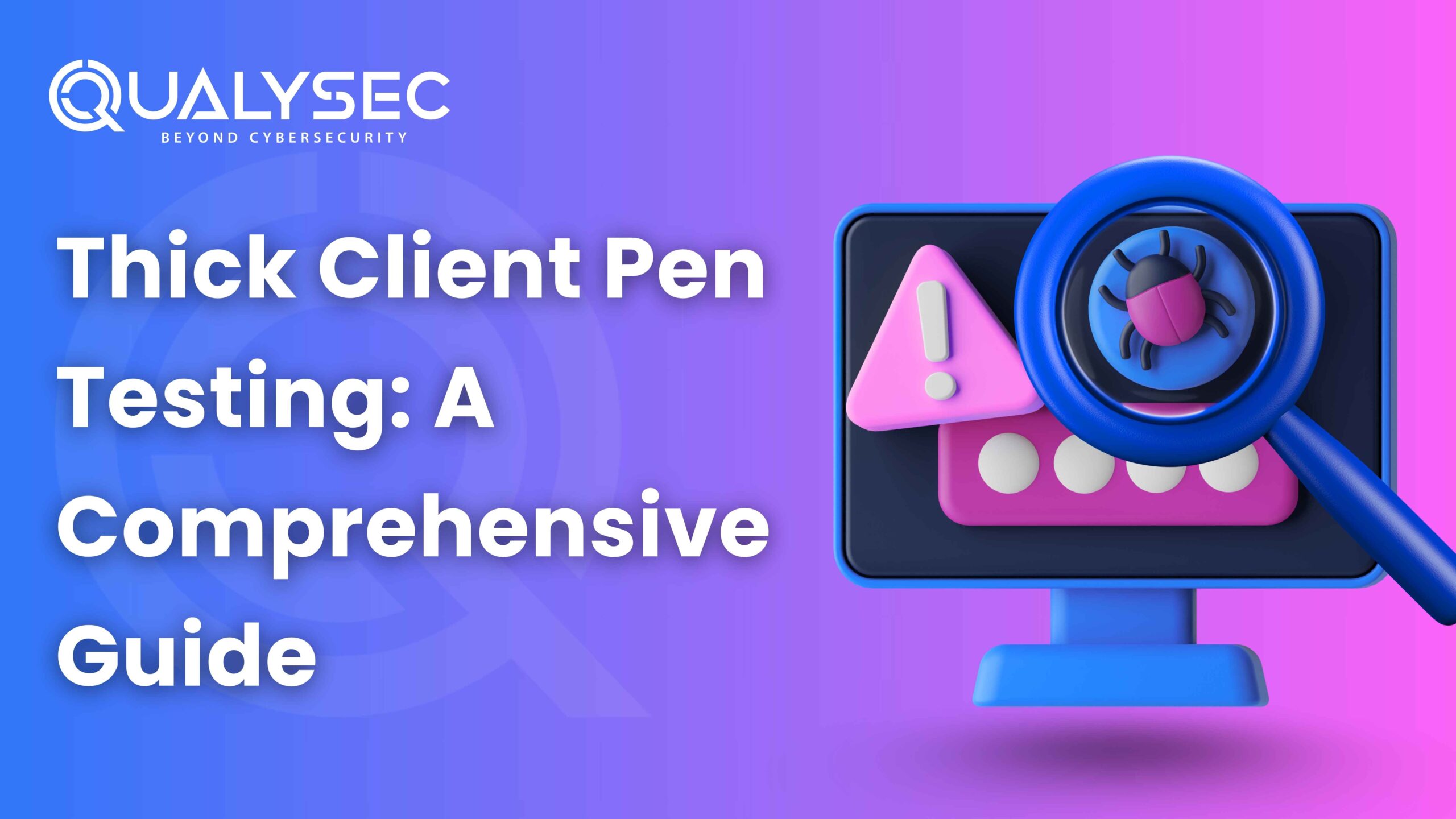

































































0 Comments